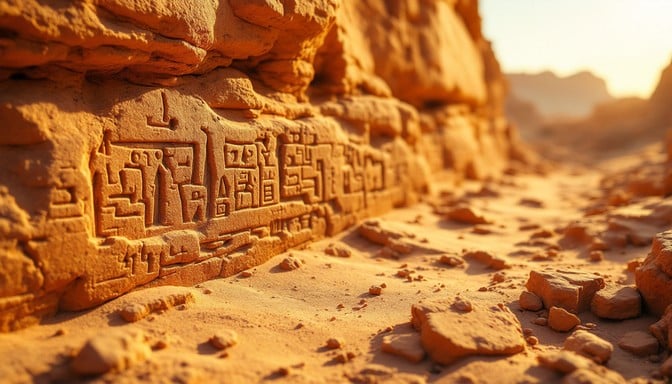The 12,000-year-old prehistoric sites of Göbekli Tepe and Karahan Tepe are the new centers of attention and rightly so!
The most recently discovered and lesser known “sister site” Karahan Tepe is quickly receiving higher levels of attention. Located just over 45 kilometers (27 miles) east of Göbekli Tepe, Karahan Tepe was first discovered in 1997, according to an academic paper published in 2000. While the archaeological site has still not been fully excavated, digs have revealed that this ancient complex has some incredible similarities to Göbekli Tepe.
The word “tepe” means hill or summit in Turkish. Karahan Tepe (pronounced: Kah-rah-hann Tepp-ay), is now emerging from the dusty Plains of Harran, in eastern Turkey, is astoundingly ancient. Put it another way: it is estimated to be 11,000-13,000 years old. This number is so large that it appears hard to take in. For comparison the Great Pyramid at Giza is estimated to be around 4,500 years old. Stonehenge is 5,000 years old. The Cairn de Barnenez tomb-complex in Brittany, perhaps the oldest standing structure in Europe, could be up to 7,000 years old. The oldest megalithic ritual monument in the world (until the Turkish discoveries) was always thought to be Ggantija, in Malta, which dates around 5,500 years old. If these estimations are correct, both Karahan Tepe and Göbekli Tepe are vastly older than anything comparable and plumbs quite unimaginable depths of time. Right back when we once thought that human “civilization” was simply impossible.
The ruins at Karahan Tepe span over an area of 325,000 meters squared (3.4 million feet squared), which is around three times smaller than the Göbekli Tepe excavation area. Karahan Tepe shows constructions and techniques comparable to Göbekli Tepe with similar pillar features, special structures, obelisks, ornate animal sculptures, pillars with matching T-shaped architectural elements, and animal reliefs depicting humans, birds, insects, gazelles, snakes, and unidentified animals.

Among the many wonders of Göbekli Tepe and Karahan Tepe is that the sites might have built during in a time when it was widely accepted that complex structures could only be achieved after a society has mastered agriculture and when humans began to domesticate plants and animals. Yet the age of structures like Göbekli Tepe and Karahan Tepe challenge the fundamental assumption. It suggests the construction might have been at the very dawn of humanity’s first agricultural revolution when settlements were thought to be small and humble gatherings of people who were just beginning to utilize agriculture. Either that or settled civilizations have been around for longer than thought… although controversial.






